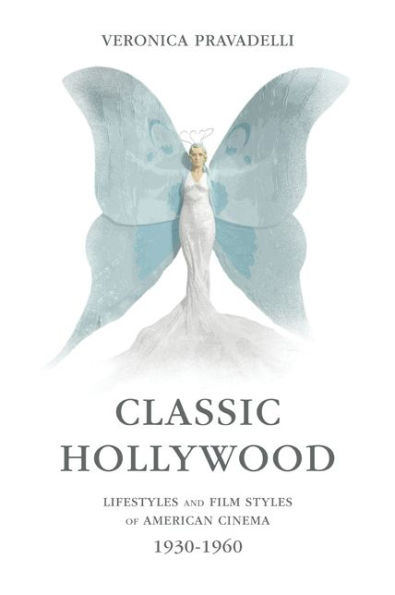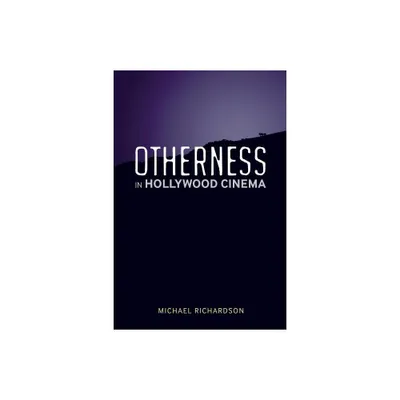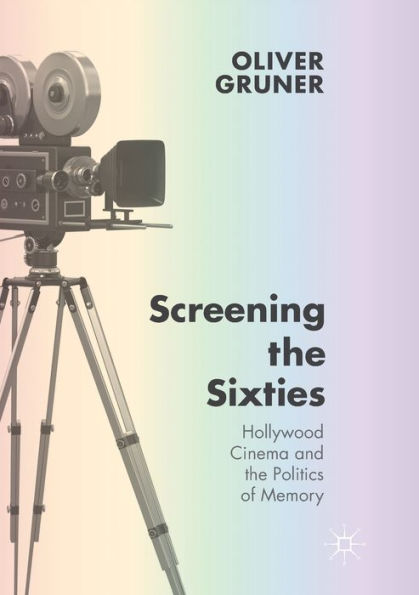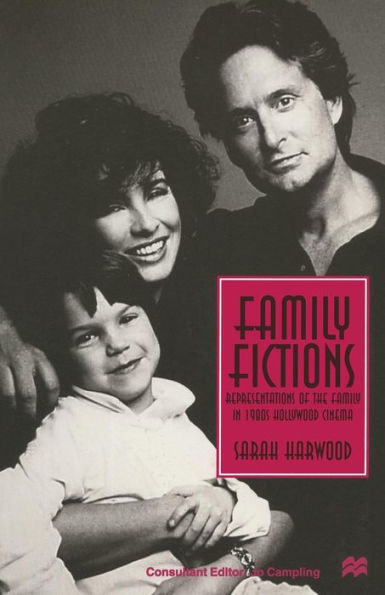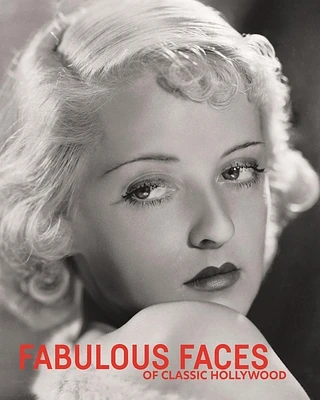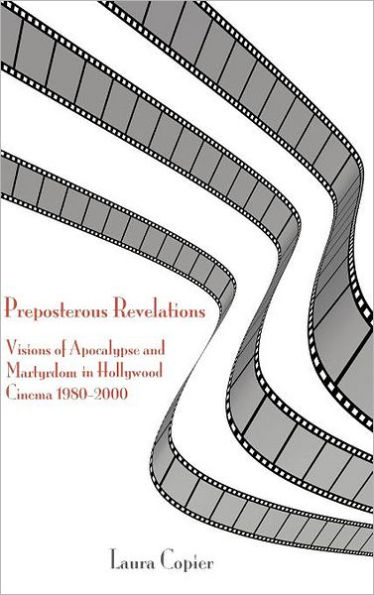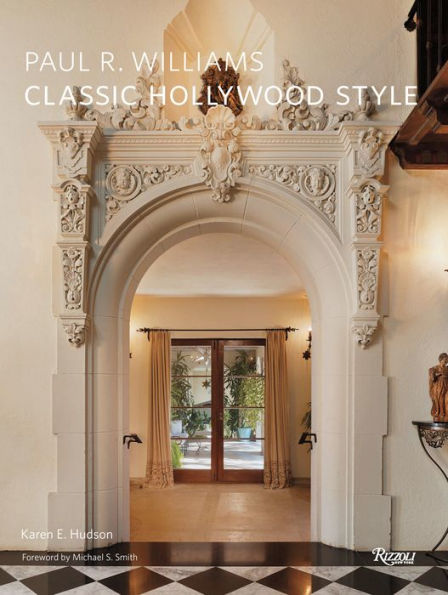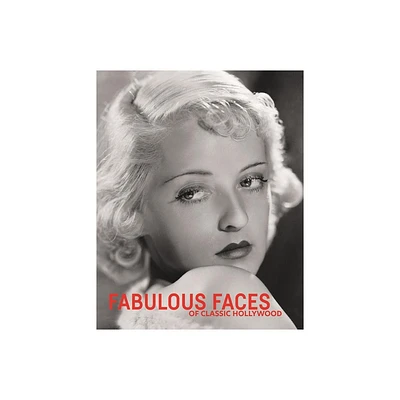Home
Bowery to Broadway: The American Irish in Classic Hollywood Cinema
Loading Inventory...
Barnes and Noble
Bowery to Broadway: The American Irish in Classic Hollywood Cinema
Current price: $25.00
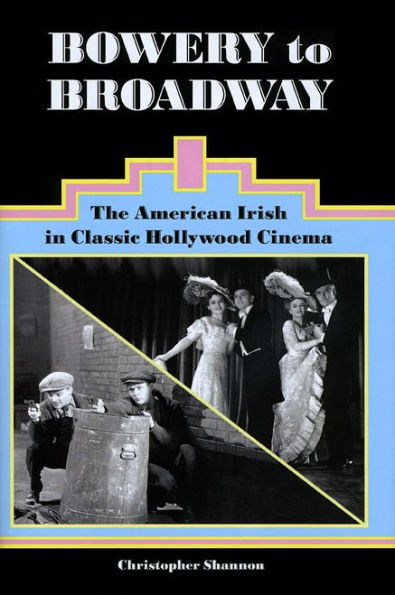

Barnes and Noble
Bowery to Broadway: The American Irish in Classic Hollywood Cinema
Current price: $25.00
Loading Inventory...
Size: OS
*Product Information may vary - to confirm product availability, pricing, and additional information please contact Barnes and Noble
Before Johnny Depp and
Public Enemies
, there was
The Public Enemy
. James Cagney’s 1931 portrayal of the Irish American gangster, Tommy Powers, set the standard for the Hollywood gangster and helped to launch a golden age of Irish American cinema. In the years that followed several of the era’s greatest stars, such as Spencer Tracy, Bing Crosby, Pat O’Brien, and Ginger Rogers, assumed Irish American roles—as boxers, entertainers, priests, and working girls—delighting audiences and at the same time providing a fresh perspective of the Irish American experience in America’s cities.
With
Bowery to Broadway
, Christopher Shannon guides readers through a number of classic films from the 1930s and ’40s and investigates why films featuring Irish American characters were so popular among American audiences during a period when the Irish were still stereotyped and scorned for their religion. Shannon cites films such as
Angels with Dirty Faces
,
Gentleman Jim
Kitty Foyle
Going My Way
, and
Yankee Doodle Dandy
, arguing that the Irish American characters in the films were presented as inhabitants of an urban village—simultaneously traditional and modern and valuing communal solidarity over individual advancement. As a result, these characters—even those involved in criminal activity—resonated deeply with the countless Americans in search of the communal values that were rapidly being lost to the social dislocation of the Depression and the increasing nationalization of life under the New Deal.
Public Enemies
, there was
The Public Enemy
. James Cagney’s 1931 portrayal of the Irish American gangster, Tommy Powers, set the standard for the Hollywood gangster and helped to launch a golden age of Irish American cinema. In the years that followed several of the era’s greatest stars, such as Spencer Tracy, Bing Crosby, Pat O’Brien, and Ginger Rogers, assumed Irish American roles—as boxers, entertainers, priests, and working girls—delighting audiences and at the same time providing a fresh perspective of the Irish American experience in America’s cities.
With
Bowery to Broadway
, Christopher Shannon guides readers through a number of classic films from the 1930s and ’40s and investigates why films featuring Irish American characters were so popular among American audiences during a period when the Irish were still stereotyped and scorned for their religion. Shannon cites films such as
Angels with Dirty Faces
,
Gentleman Jim
Kitty Foyle
Going My Way
, and
Yankee Doodle Dandy
, arguing that the Irish American characters in the films were presented as inhabitants of an urban village—simultaneously traditional and modern and valuing communal solidarity over individual advancement. As a result, these characters—even those involved in criminal activity—resonated deeply with the countless Americans in search of the communal values that were rapidly being lost to the social dislocation of the Depression and the increasing nationalization of life under the New Deal.
